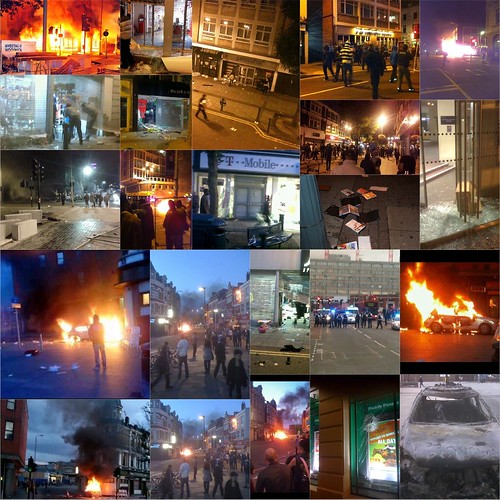
The well-stocked Amnesty International Blackheath and Greenwich Book Sale gives me a feeling of reassurance that my obsession with books is not as bad as it might be. Other bibliophiles have it much worse than I do; they are already in the queue for the sale when I arrive at the Church of the Ascension about ten minutes before it opens, and they bring along suitcases and cardboard boxes to cram full of their purchases. In the last couple of sales I’ve, fortuitously, come away with books that seems appropriate to Amnesty International’s mission. At the sale a few weeks ago I bought a slim, 119-year-old, battered blue-brown covered hardback copy of John Stuart Mill’s On Liberty. With its yellowed, sometimes stained pages, that so clearly express such powerful ideas, I feel it is a truly beautiful object. OK, so maybe my book obsession is as bad as I suspected.
In his Introductory Mill writes of the need to protect the weaker members of the community from the “vultures” and “minor harpies” of the governing tribe or caste. Of course that should not be necessary now we elect our rulers, and we don’t have a governing caste …. or do we?
The members of the unions representing public sector workers who came out on strike last week, some of whom are pictured above demonstrating in front of the new Woolwich Centre, certainly feel under attack. As well as the proposed changes in their pension contributions and retirement age they also have to cope with the effects of a new forecast total of 710,000 public sector job losses and an extended pay freeze. Leaving aside the economics and the politics of public sector pensions, the public sector workers are undoubtedly experiencing tough times, an experience that is perhaps exacerbated by the perception that not all parts of society are experiencing their share of the toughness of the times.
Another group feeling under attack at the moment are disabled people and those unable to work due to medical conditions. The way in which the current Work Capability Assessments are being carried out has led some vulnerable, psychologically fragile claimants to despair , depression and thoughts of suicide. Private Eye recently reported claims that these assessments had been cited as factors at 16 suicide inquests; these include Scottish writer and poet Paul Reekie. Amidst reports that staff at Atos, the company contracted to carry out the assessments, have expressed very disparaging opinions about disabled claimants, the campaign group Black Triangle have called for a boycott of the Paralympic Games because of Atos’ involvement. I’m amazed that there hasn’t been more of an outcry about this failure to protect some of the weaker members of the community. Vultures and minor harpies indeed!

The generosity of people in Woolwich, Greenwich and across the country in supporting the FareShare 1 Million Meal Appeal provides a cheering and striking contrast to these attitudes. FareShare is a charity that is working to relieve food poverty. This is mainly achieved by redistributing quality food that food retailers are unable to sell and would otherwise throw away. The food is distributed through a network of some 700 organisations in the UK, such as church groups, hostels, women’s refuges and school breakfast clubs. It feeds about 35,500 people a day, up 20% from 29,000 last year, rescuing 3,600 tonnes of surplus food in the process.
The 1 Million Meal Appeal, a collaboration with Sainsburys, aimed to collect 1 million meals worth of food items that FareShare do not usually get because it is long shelf-life, such as rice, pasta and tinned food. They recruited hundreds of volunteers to hand out a shopping list of such items, shown above, at Sainsburys’ stores across the country and ask shoppers to donate. When I went in to the Sainsburys in Greenwich to do our weekly shop at around lunch time last week the volunteers’ sign said that shoppers had already donated 5 shopping trolleys full of food, and there was another full trolley on the way out. Across the country shoppers gave enough food for 600,000 meals, which was matched by Sainsburys to make 1.2 million meals in total. FareShare will provide food for about 250,000 Christmas lunches and dinners, so this is good timing.
Tough times, for sure. What would John Stuart Mill have thought about it? I think that one of his other books, Utilitarianism, puts him firmly on the side of the 99%.






